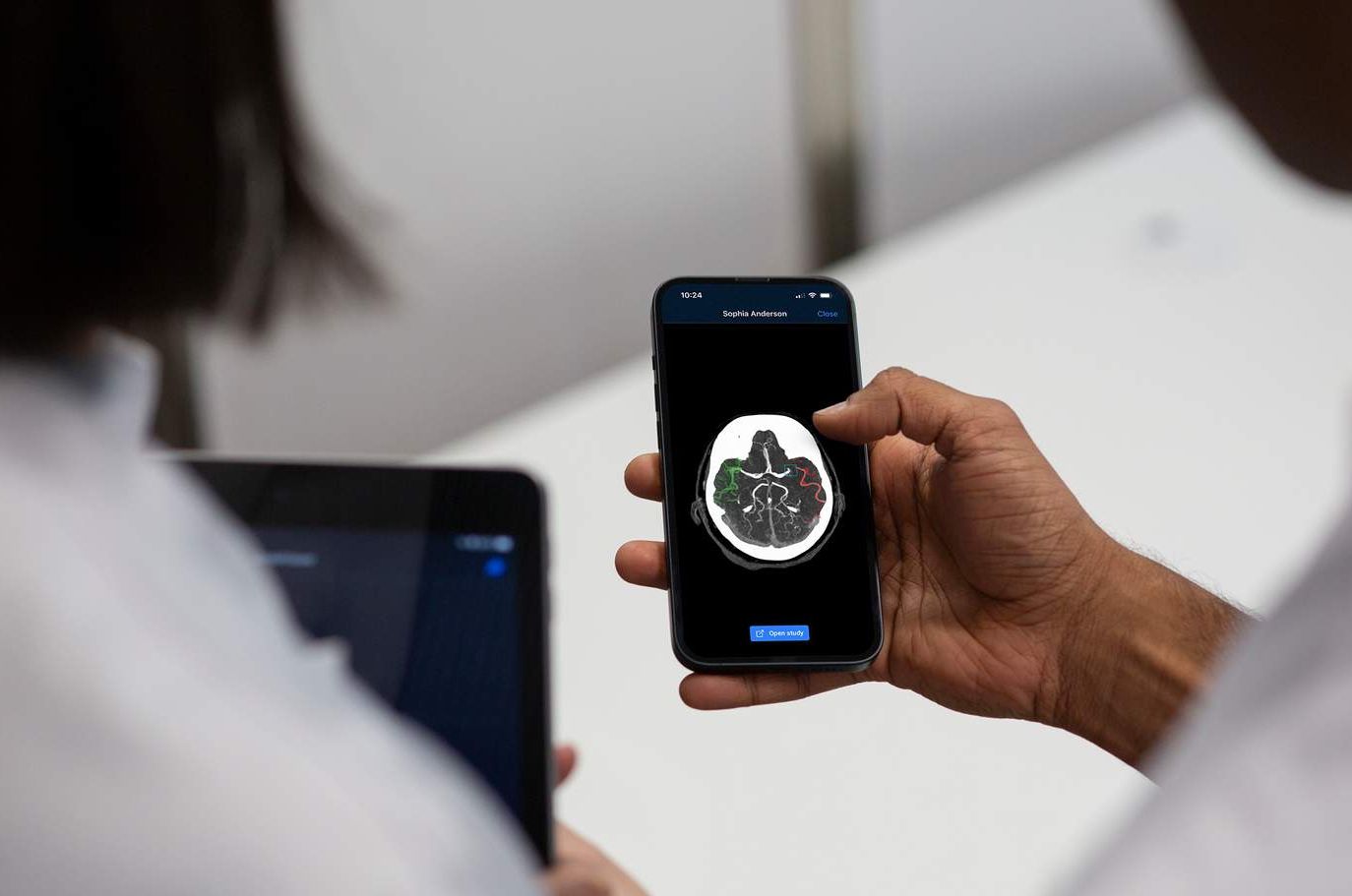LVO Identification and Collateral Assessment: A Synergy That Drives Better Stroke Care
The Critical Impact of LVOs
Large vessel occlusions of the anterior cerebral circulation (LVOs) only comprise about 15-20% of all anterior circulation stroke origins. Despite this, their impact is hugely significant, with an overwhelming majority of patients suffering from lifelong disability and very high mortality if left untreated.
Over the past decade, mechanical thrombectomy has revolutionized stroke care, becoming the gold standard for treating LVOs. Its implementation has dramatically improved patient outcomes, marking a transformational moment in medicine and stroke management
Challenges of Thrombectomy Delivery
However, thrombectomy has brought its own set of unique challenges. These mostly stem from the fact it is a highly specialized procedure which generally can only be performed in tertiary centers by a handful of expert personnel. Depending on the country or region, the coverage of thrombectomy can differ enormously, and capable centers can be hundreds of kilometers apart.
Efficient treatment depends on a well-coordinated workflow: including communication, image acquisition, data sharing, and physical transfer. But before any of this begins, the patient must be correctly identified as eligible for thrombectomy.
Identifying LVO Candidates
The first and most crucial step is determining the location of the occlusion. LVOs typically involve:
- Internal carotid artery
- Middle cerebral artery segments M1 and proximal M2
These locations have the strongest evidence for thrombectomy benefit. More distal occlusions (e.g., distal M2 or MeVOs) remain debated in terms of treatment value.
However, detecting LVOs is not always straightforward. Many patients arrive after hours, and radiologists may not frequently encounter these cases. Time pressure and anatomical complexity make accurate identification difficult—especially for distal occlusions.
The Role of Automation
Automated detection software provides a critical second layer of support. It offers:
- Faster identification
- Confirmation or prompting for further review
- Reduced variability in urgent scenarios
By improving LVO localization, automation accelerates thrombectomy decision-making and can save both time and lives.
Beyond LVO: The Role of Collateral Flow
While finding an LVO initiates the thrombectomy workflow, another crucial factor is the volume of salvageable brain tissue, the penumbra. This is where collateral circulation comes into play.
Collateral flow is the brain’s natural backup system, redirecting blood through microscopic channels from adjacent vascular territories. Though it cannot sustain tissue indefinitely, it buys critical time for intervention and significantly influences patient outcomes.
Why CTA Collaterals Are Ideal for AI
Despite its utility, visually scoring collaterals on CTA during acute care is challenging. Estimating vessel filling by eye in high-stress environments can lead to inconsistent or delayed decisions.
This makes CTA collateral assessment highly suitable for AI-based automation. Nicolab’s StrokeViewer platform does just that, automatically:
- Detects LVOs on CTA
- Quantifies collateral flow beyond simple hemisphere comparison
- Traces flow downstream of the LVO for greater accuracy
Conclusion: Automation Enhances Speed and Accuracy
In summary, effective thrombectomy decision-making relies on:
- Accurate LVO identification
- Reliable collateral flow assessment
CTA-based collateral scoring offers a fast and accessible method that fits naturally into the acute stroke workflow. Given the challenges and urgency of stroke care, automating this process with AI (like StrokeViewer does) is not just beneficial, it’s essential.
Nicolab with StrokeViewer offers this combined, state-of-the-art approach to support stroke teams and improve patient outcomes.

